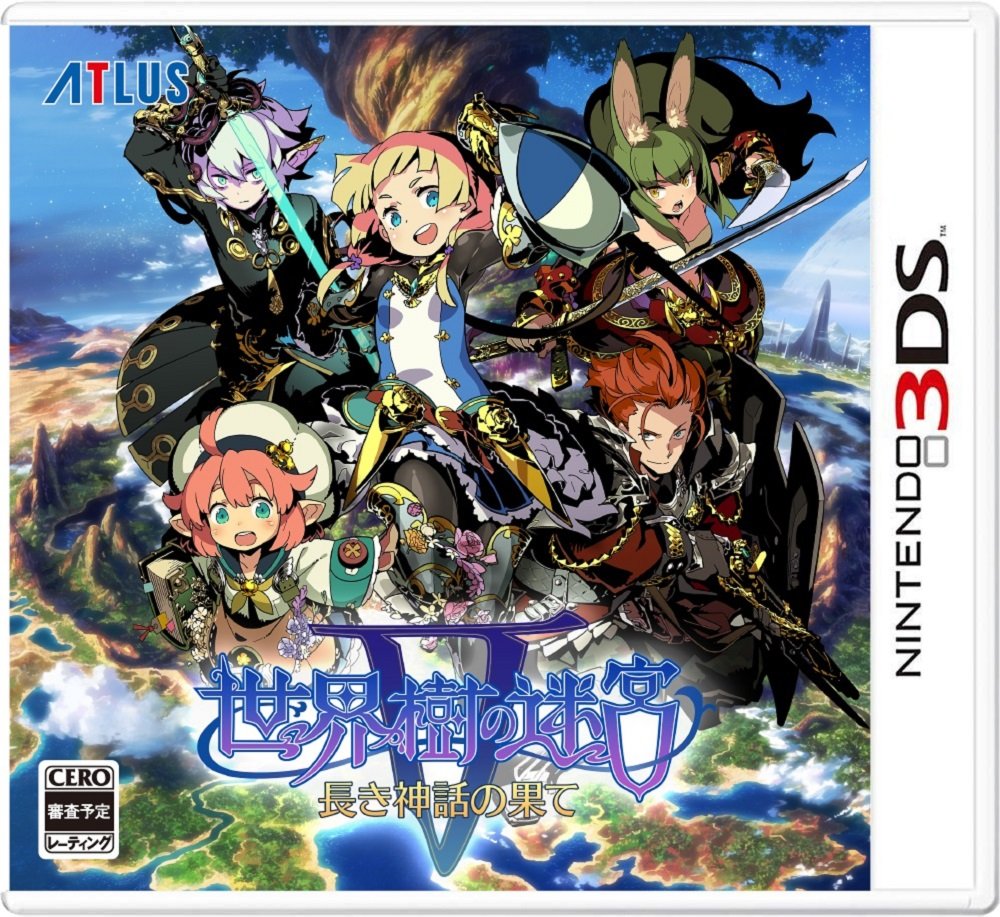

Once in combat, it’s a basic turn-based affair with each party member’s command entered and then the attacks playing out roughly based on the speed or “agility” of the combatants. So the encounters are pseudo-random, and you do have some warning.

When not in combat, there is an icon on the main screen that changes color, starting at blue and going through green and yellow to red: at a certain shade of red, an enemy encounter starts.

This might have been accurate for my time with the original, but I did expect a smoother experience in all of the Switch’s use cases.Ĭombat in Etrian Odyssey is based loosely on a “time” system each square moved (or turn taken in a battle) advances the clock by two minutes.
Etrian odyssey retire manual#
I fluked into one or two instances early on of being able to tag something, but 95% of the manual mapping I did was via a stylus.
Etrian odyssey retire how to#
In handheld mode, adding to the map is easily done through the touchscreen, but I could not for the life of me tell you how to do the map making with buttons or in docked mode consistently. The default view has the maze or battle scene taking up a majority of the screen, but pressing X calls up the map for tagging. As an example, it might be necessary to show a door that can’t be opened because it requires an item by applying a closed door to a square, or a chest that has been claimed by an open chest. Originally designed for use on the bottom screen of a DS or 3DS, most of the mapping is done automatically, but points of interest have to be applied manually. The floors of the labyrinth are laid out in a grid format, perfect for the series’s trademark map design. Between the Pixel Remasters and Etrian Odyssey, it’s been a bad year for Switch RPG remakes/remasters including content from other versions of the games. The “Untold” remake on 3DS did give the option for a fixed party composition and story, but this was not retained for the Switch version. After creating a party of up to five, you are sent down to complete various quests assigned either by the local explorer’s guild or picked up in the nearby pub. This is done by creating a guild of adventurers and assigning them one of nine classes based on classic RPG archetypes: the Landsknecht is a standard warrior type whose name I will never not have to copy and paste, Alchemists are the offensive magic users, and the Medic is exactly what the name implies. You roll up to a labyrinth and have to explore as much of it as possible.
Etrian odyssey retire series#
The original inspiration for the Etrian series is Wizardry, though I’m pretty sure the one on NES had more of a plot. It’s still a solid dungeon crawler, but despite my best efforts I could not get the map making to work right until I busted out the stylus that I thought I could retire after playing The World Ends With You: Final Remix. Still, I did have memories of a torrid holiday trip spent with the original Etrian Odyssey back on the DS, and given the opportunity to review one of the Switch trio, I felt it best to go back to basics. My main experience with the Etrian Odyssey series of dungeon-crawling RPGs involved Japanese students summoning demons while making maps, mostly due to the chibi art style making certain classes in the 3DS era cross the Atlus line twice–specifically, the Dancer class from Etrian Odyssey IV.


 0 kommentar(er)
0 kommentar(er)
